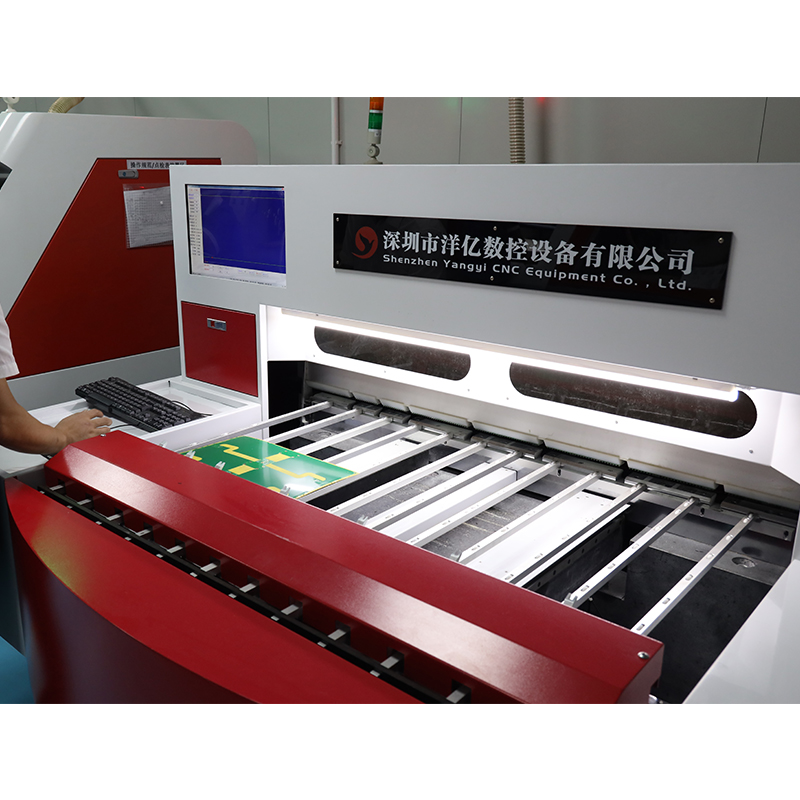In an era where technological advancements are changing our daily lives, the demand for faster, smaller and more efficient electronic devices continues to soar. PCB (Printed Circuit Board) technology plays a vital role in ensuring the optimum performance of such devices. One of the breakthroughs in PCB design was HDI (High Density Interconnect), a revolutionary concept that revolutionized the electronics industry. In this article, Capel will explore what HDI in PCBs is, why it’s important, and the many benefits it brings to modern electronics. Join us as we uncover this fascinating technology!
What is HDI in PCB?
To fully understand the nature of HDI in PCBs, it is necessary to understand its core principles and how it differs from conventional PCBs. HDI is essentially a design methodology involving multilayer PCBs with densely packed components and interconnects. Unlike traditional PCBs, which tend to have larger components and wider clearances, HDI technology enables miniaturization and complex connections while reducing component size and spacing.
HDI boards feature high component density, smaller vias, and numerous routing channels. They consist of stacked microvias that facilitate interconnection between different layers, enabling more compact and efficient circuit designs. Through the use of advanced manufacturing techniques and tightly controlled processes, HDI technology can accommodate higher density components to deliver advanced performance.
The meaning of HDI in PCB:
HDI is gaining in importance in PCBs as it meets the growing demand for smaller, faster and more complex electronic devices. Let’s dive into the key reasons why HDI technology is so important in today’s electronics industry:
1. Miniaturization: As technology develops, the need for smaller and lighter devices becomes critical. HDI can reduce the size, weight and thickness of electronic devices, enabling the development of sleeker and more portable gadgets.
2. Add functionality: HDI enables designers to incorporate additional features and functionality in limited space. With enhanced routing capabilities and smaller vias, HDI boards can accommodate more complex circuits, enabling the integration of various components such as sensors, microcontrollers and wireless modules.
3. Enhanced signal integrity: Shorter interconnect paths in HDI boards significantly reduce the risk of signal loss or degradation. This ensures the smooth transmission of data, the integrity of high-speed signals, and improves the overall performance of electronic devices.
4. Improved reliability and durability: HDI boards have increased resistance to environmental factors such as temperature changes, humidity and vibration. By reducing the number of solder joints and improving the integrity of power and ground planes, HDI technology enhances the reliability and durability of electronic equipment, resulting in a longer lifespan.
Advantages of HDI in PCB:
Due to its unique design and manufacturing attributes, the application of HDI technology in PCB brings several significant benefits. Let’s explore some of these advantages below:
1. Increased circuit density: HDI boards can accommodate a greater number of components and interconnections within a limited space. This results in fewer layers, smaller form factors, and increases the overall functionality and packaging density of electronic devices.
2. Enhanced thermal characteristics: HDI technology enables better thermal management in electronic devices due to the ability to dissipate heat more efficiently. This is especially important for high-performance systems that generate a lot of heat to ensure optimal operation and prevent overheating.
3. Cost and time savings: Although HDI technology is complex, it requires no additional external components or interconnects. Minimizes manufacturing cost and assembly time by reducing circuit complexity and size. Additionally, HDI boards require fewer layers, reducing manufacturing time and simplifying the production process.
4. Design flexibility: HDI technology provides designers with great flexibility in terms of circuit wiring and component layout. Its compact and complex design allows for the integration of multiple functions and allows for creative circuit patterns, paving the way for innovation and customization.
HDI technology is revolutionizing the electronics industry by pushing the boundaries of circuit board design and manufacturing capabilities. With its miniaturization, enhanced functionality, enhanced signal integrity, and many other advantages, HDI in PCBs has become a game changer in the field of electronic devices. As technology continues to evolve at a rapid pace, HDI technology will undoubtedly play a key role in meeting the demand for smaller, faster, and more powerful electronic devices. Employing this cutting-edge technology ensures that our electronic products not only keep pace with innovation, but also enhance our overall user experience.Shenzhen Capel Technology Co., Ltd. has been engaged in the circuit board industry for 15 years. With rich project experience, continuously improving manufacturing capabilities, and mature technology in HDI PCB boards, Capel is your ideal choice. Our expert team will take care of your project.
Post time: Aug-23-2023
Back







